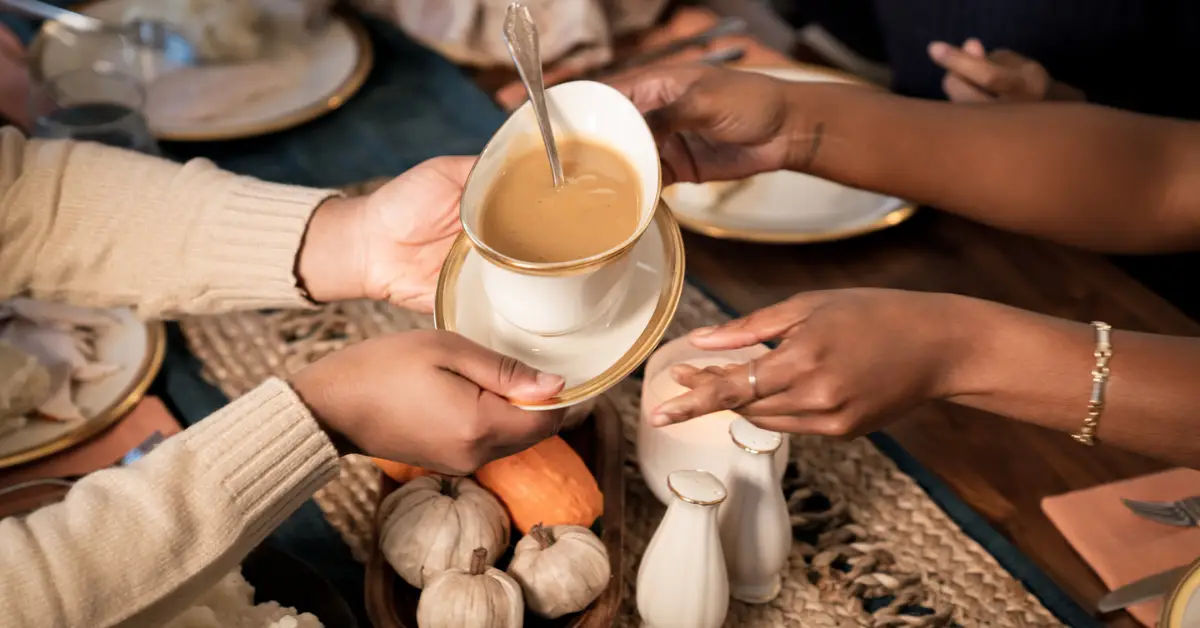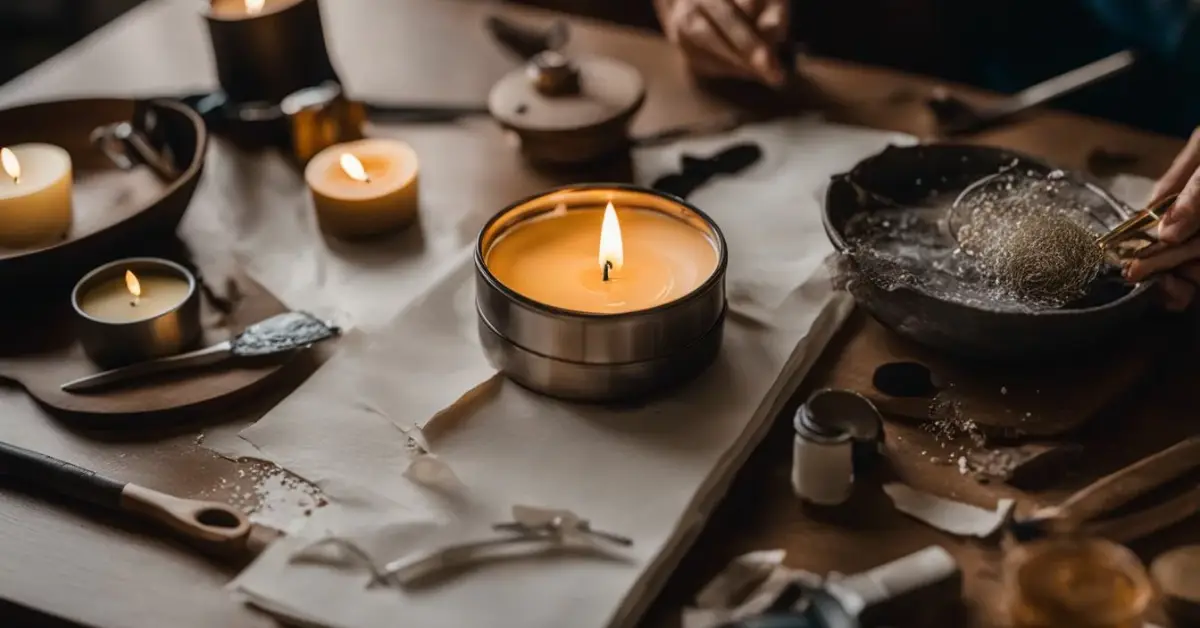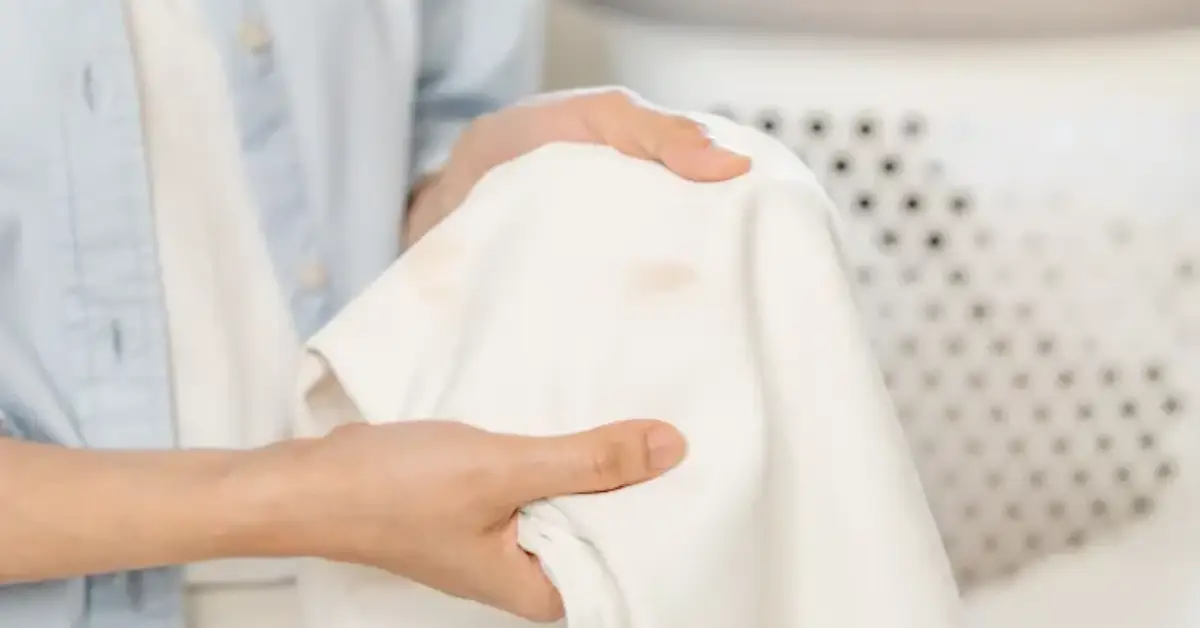10 Common Holiday Stains (and the Fastest Ways to Get Rid of Them!)
I’ve hosted enough holiday dinners to know how the night usually ends. The laughter fades, the guests leave, and suddenly I’m staring at a battlefield of stains — red wine bleeding into the tablecloth, candle wax hardened on the runner, someone’s lipstick stamped on a napkin. It’s the unspoken part of entertaining no one warns you about: the cleanup.
Most people panic in that moment. They start scrubbing, Googling, or tossing fabric into the wash, hoping for the best. But here’s what I’ve learned after years of trial, error, and a few disasters — stains aren’t about luck; they’re about timing and method. The faster you act and the smarter you treat, the better your chances of saving that dress, rug, or linen set you love.
The problem with most stain guides online is that they sound the same — generic lists that don’t tell you why something works or when it doesn’t. They skip real-life detail. What if the tablecloth is silk? What if it’s midnight and you don’t have peroxide? I’ve built this list for that moment — ten of the most common holiday stains and how to handle them fast, with methods that actually work in real homes, not just in lab tests.
So before you toss that wine-soaked napkin or panic over the gravy spill, take a breath. I’ll walk you through exactly what to do, using tips backed by cleaning experts, a few insider hacks, and my own post-party battle scars.
Now let’s start with the one stain every host fears most — red wine.
1. The Red Wine Emergency (Tablecloths & Dresses)
It always happens when the night’s at its best — someone gestures mid-laugh, a glass tips, and that deep red splash hits the tablecloth like a slow-motion disaster. I’ve been there more times than I’d like to admit. The key is not to panic or start scrubbing. You’ve got about 60 seconds before the stain really sets, so here’s what you do.
Step-by-step fix:
- Blot immediately. Use a clean white cloth or paper towel — don’t rub. You want to lift the wine, not push it deeper.
- Cover it with salt or pour club soda over the stain. Both draw out pigment while it’s still fresh.
- Rinse with cold water, never warm or hot. Heat locks in red dye faster than anything else.
Myth-busting moment: You’ve probably heard someone say, “Just pour white wine over it.” Don’t. That trick dilutes color for a second but spreads the stain. Instead, focus on cold water and absorbent materials — it’s science, not sorcery.
Fabric-specific tip: If you’re dealing with cotton or a sturdy linen, mix a bit of hydrogen peroxide with dish soap and dab it gently on the spot. Let it sit for a few minutes, then rinse cold. But skip this on delicate fabrics — peroxide can bleach silk or satin.
According to the American Cleaning Institute, red wine pigments oxidize quickly, which is why fast action is everything. The sooner you treat it, the more likely you’ll save that fabric.
2. Grease & Gravy Blunders (Dinner Table Mishaps)

Grease stains are sneaky. You think you’ve wiped them off, but an hour later, there’s a shadow on your favorite blouse. I’ve ruined a few tops learning this the hard way. The problem with gravy or oil-based stains is that they need something to break down fat, not just wash it away.
Here’s my quick-prep method:
- Pre-treat with dish soap. It’s designed to cut through oil, and it works better than most laundry sprays.
- Add a little baking soda — make a paste and gently rub it in with your fingers or a soft brush. It pulls oil from fibers.
- Never use hot water. That’s the rookie mistake. Heat cooks oil into the fabric permanently.
Extra hack you’ll love: If you catch the stain late — say, after dinner’s over — sprinkle a bit of cornstarch or baby powder over it. Let it sit overnight. It’ll draw out residual oil before your next wash. I picked this trick up from a cleaning forum years ago, and it works like magic.
Why this matters: Most cleaning articles mention dish soap, but few explain why temperature and timing matter so much. You’re not just cleaning grease; you’re dissolving it. Think like a cook — the same way fat melts slowly, it also needs patience to lift out.
If stubborn kitchen grease is your everyday nemesis, you’ll love these 7 genius ways to remove grease stains from your kitchen surfaces — they work for stovetops, counters, and even those hard-to-clean backsplash spots.
3. Dessert & Chocolate Catastrophes (Linens & Kids’ Clothes)
If you’ve ever hosted kids at a holiday party, you know chocolate stains are inevitable. Melted brownies on sleeves, fudge on table runners, cocoa on napkins — the trifecta. Chocolate is a mix of oil, sugar, and protein, which makes it one of the hardest things to remove if you attack it wrong.
Here’s my tried-and-true process:
- Freeze it first. Lay the fabric flat and let the chocolate harden. It’s easier to scrape off without smearing.
- Scrape gently with a spoon or butter knife. Don’t dig — just lift what you can.
- Soak the fabric in cold water with an enzyme detergent (like one made for baby clothes or sportswear). Enzymes break down the proteins and sugars without damaging fibers.
What to avoid: Don’t reach for bleach or hot water — both set cocoa oils deeper. I’ve learned that lesson after watching a white napkin turn beige.
If you’re treating a delicate tablecloth, use the back of a spoon instead of a knife — it’s gentler on threads and gives you more control. Little adjustments like that save your fabrics over time.
4. Lipstick Marks on Napkins & Shirt Collars
There’s always that moment after a party — you’re clearing dishes, and a bright lipstick print is staring back from a napkin or shirt collar. It’s not a disaster, but it does require a steady hand. Lipstick pigments are oil-based, so if you rub them, you’ll only drive them deeper.
Here’s how I handle it:
- Blot gently with rubbing alcohol or an oil-free makeup remover on a clean cotton pad.
- Lift, don’t scrub. Each press should transfer a bit of pigment onto the pad — that’s progress.
- Rinse cold and check before drying. If it’s still visible, repeat instead of rushing to the washer.
Emergency fix: If you’re caught without alcohol or remover, a quick spray of hairspray or a dab of shaving cream works. It sounds odd, but the alcohols and surfactants inside help dissolve the pigment layer.
Lipstick stains are small but emotional — they remind you the night was good, even if cleanup isn’t. Treat them gently, and you’ll save both the memory and the linen.
5. Candle Wax Accidents on Tablecloths & Carpets

Candlelight makes any dinner feel warm — until a drop of wax hits the table. The worst part? It looks permanent, but it’s not. Wax stains need patience, not panic.
Step-by-step fix:
- Let the wax harden completely. Never touch it while it’s soft; you’ll smear it deeper into fabric.
- Once firm, place the item in the freezer or press an ice cube against the spot.
- Scrape gently with a dull knife or credit card — just enough to lift the top layer.
- Then, cover with brown paper or a paper towel and run a warm iron over it. The wax melts and transfers to the paper, leaving the cloth clean.
Avoid colored candles if you can. The dyes are harder to lift than the wax itself, especially on light fabrics.
This “brown paper + iron” method recently made waves on TikTok for a reason — it actually works. And it’s safer than most online hacks involving boiling water or aggressive chemicals.
If you’re working on carpet, skip the iron; instead, use a hair dryer on low heat and dab with paper towels as the wax melts.
6. Coffee & Hot Cocoa Spills (Sofa & Rugs)
Morning-after cleanup often reveals the quiet villains — coffee rings on the sofa or cocoa splashes on the rug. I’ve learned the hard way that these stains are less about what you spill and more about how quickly you react.
My go-to mix:
- 1 cup warm water
- 1 tablespoon white vinegar
- A drop of mild dish detergent
How to use it:
- Spot-test first on a hidden area to make sure the color holds.
- Dip a cloth in the mix and blot gently, working from the edges inward.
- Rinse the spot with clean water and blot dry with a towel.
- Never scrub — that’s what creates those awful water rings.
For upholstery, a soft-bristled brush can help loosen residue without damaging fabric. If you want proof this combo works, The Spruce explains why vinegar neutralizes the tannins that make coffee stains so persistent. The best part? You probably have everything you need in your kitchen already. And once you’ve seen a cream-colored sofa come back to life, you’ll never ignore a coffee spill again.
Once the stains are gone, you can refresh your kitchen air naturally with these 10 proven ways to get rid of cooking smells without chemicals — because nothing ruins a clean house faster than lingering gravy or coffee aromas.
7. Cranberry Sauce & Holiday Punch (Bright Dye Stains)
Cranberry sauce and holiday punch are gorgeous on the table — until they end up on your favorite tablecloth. These bright dyes can be intimidating, but they’re not as hopeless as they look. The key is to move fast and avoid the wrong “hacks.”
Here’s what actually works:
- On light fabrics, dab a little hydrogen peroxide and let it fizz for a few seconds — that reaction breaks down the red pigments.
- On colored carpets or upholstery, mix club soda + dish soap and blot, don’t rub. Club soda lifts the stain gently without fading colors.
- Skip the salt trick. It might look like it’s helping, but salt often sets the stain by drawing pigment deeper into the fibers.
The American Cleaning Institute explains that fast action and mild oxidizers (like peroxide) are the safest and most effective ways to handle bright holiday dyes.
Pigmented stains are the most dramatic — they photograph terribly and spread easily — but with the right timing, they’re also some of the easiest to reverse.
8. Makeup & Foundation Smudges (Guest Towels & Sofas)

By the end of a holiday party, you’ll find foundation streaks on towels or faint bronzer marks on sofa arms. I’ve learned to stop panicking — they come off if you treat them right. Makeup binds to oils, so the trick is to break that bond before it hardens.
Here’s what works every time:
- Apply an oil-free makeup remover or foam shaving cream directly to the spot.
- Blot gently with a soft cloth. Don’t scrub — that just spreads it.
- Rinse or wash in cold water immediately to prevent the pigment from setting.
This stain type adds a touch of modern realism. It’s the kind of cleanup most guides skip, but every host today deals with it — especially after a photo-heavy night.
9. Glitter, Confetti & Mystery Morning Stains
The morning after a great party tells its own story — glitter everywhere, confetti in the corners, and a few mysterious stains that you can’t quite identify. I used to dread this part, but with the right tools, it’s oddly satisfying.
Here’s how to handle the chaos:
- Roll a lint roller over surfaces to grab most of the glitter first.
- For carpets, cover your vacuum nozzle with pantyhose and secure it with a rubber band — it traps glitter before it gets sucked inside.
- For random spots:
- Sticky = sugar or syrup → use warm water + dish soap.
- Greasy = dab with dish soap + baking soda.
- Colored = club soda first, then enzyme cleaner if needed.
This cleanup method has become a bit of a ritual for me — part science, part therapy. The sparkle might be stubborn, but it’s proof that everyone had fun.
And if you’re tackling post-party pet messes along with the glitter, try these 7 natural tricks to remove dog and cat odors without harsh chemicals — your home will smell as fresh as it looks.
A touch of humor and honesty here helps readers connect — because every host knows, the “day-after glitter sweep” is the final stage of any great celebration.
10. Build Your 5-Minute Holiday Stain Survival Kit (Optional)
I’ve learned that the best way to handle stains isn’t to chase them — it’s to stay ready for them. That’s where a Holiday Stain Survival Kit comes in. It takes five minutes to build, and it can save hours of stress later.
Here’s what to include:
- White cloths or paper towels (for blotting, not rubbing)
- Baking soda (for grease and odor)
- Club soda (for pigment-based stains like wine and punch)
- White vinegar (for coffee, cocoa, and tannin stains)
- Enzyme cleaner (for protein-based messes like chocolate or gravy)
Keep everything together in a small caddy near your kitchen or laundry room so you’re ready when disaster strikes mid-dinner. I even keep a backup bottle of club soda in the fridge — it doubles as a stain fighter and a guest drink.
Wrap-Up — Celebrate Without the Stress
The truth is, almost every holiday stain is fixable — if you act fast and know what to do. Whether it’s red wine, chocolate, or candle wax, timing matters more than luck. I’ve seen dozens of “ruined” fabrics come back to life with just a little patience and the right method.
So before your next big gathering, stock your mini stain kit, bookmark this guide, and relax. You deserve to enjoy the night instead of worrying about cleanup.
If you found these tips helpful, leave a quick comment below — I’d love to know which stain gave you the biggest headache (and which trick finally worked). And if you want more real-life cleaning strategies, expert-tested methods, and practical home care tips, visit Build like New — where every mess has a comeback story.
Because the best parties leave memories, not permanent marks.
Disclaimer: All cleaning methods shared in this article are based on general household practices and expert recommendations. Always test products and solutions on a small, hidden area first to ensure fabric or surface compatibility. Build like New is not responsible for any damage resulting from misuse or variations in materials or cleaning agents.


